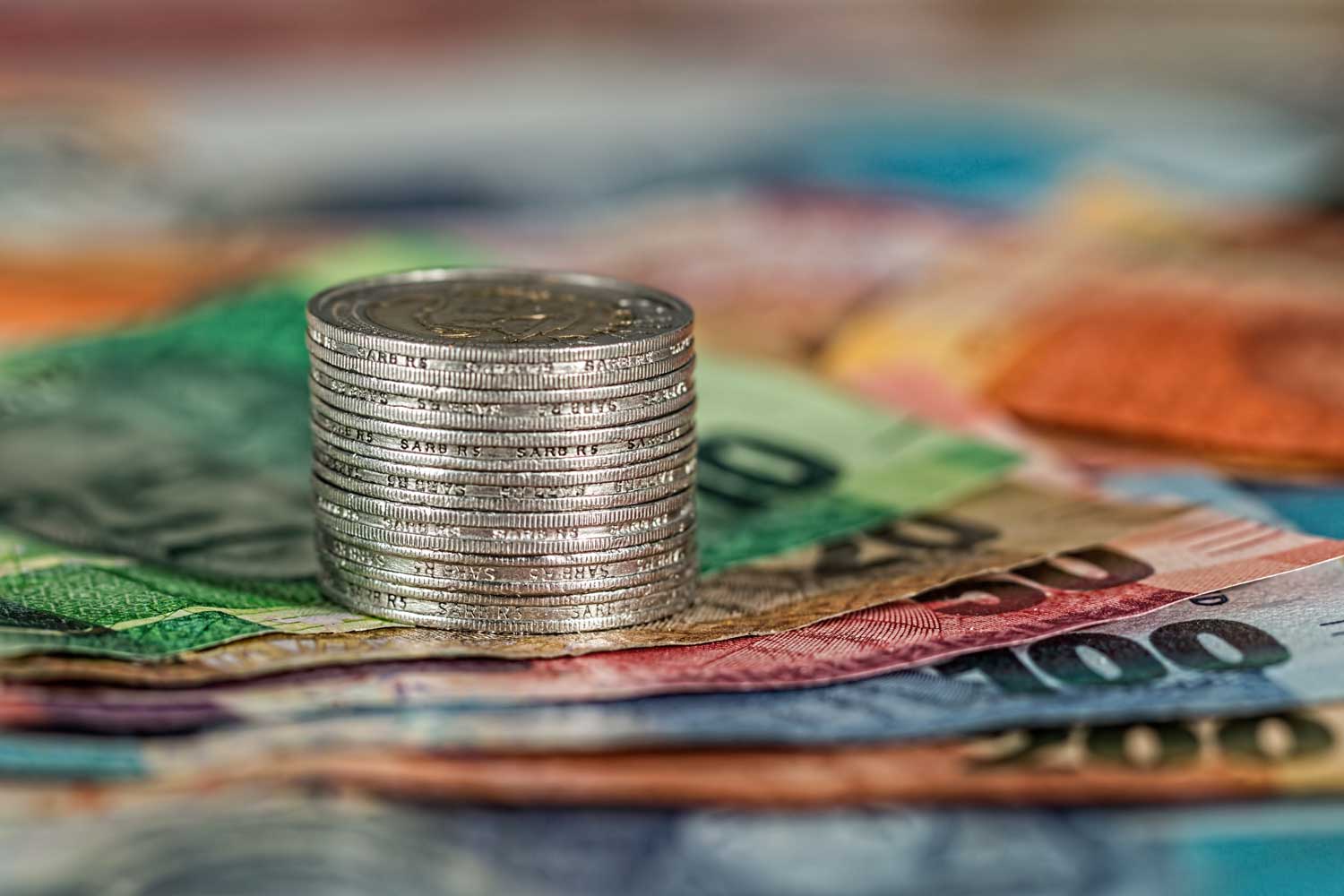In general, with so much foreign investment coming into Mexico, along with the U.S. Federal Reserve Bank's change in policy that would taper its bond buying program, there have been some fears of market volatility in Mexico. However, the Mexican minister of finance, Luis Videgaray, said that Mexico is well positioned to face an any signs of an unstable economy, according to Reuters. Part of Videgaray's strategy is to maintain links with the International Monetary Fund.
"We're working with the International Monetary Fund to maintain the flexible line of credit which gives us around $72 billion in liquidity if necessary," Videgaray said.
News Agency Spears also predicts that Mexico will fare well, putting aside fears that Mexico will perform as well as or worse than Turkey as the U.S. tapers its bond purchases as part of its monetary policy. According to Spears, Mexico is bolstered by foreign manufacturing and exports to the U.S. and Canada. According to Spears, any nation that is listed as an emerging market but relies on the U.S. and Europe for its growth, such as Mexico, will do well even in the face of a challenging global economy.
Stimulus is increasing
Videgaray is also boosting his stimulus of the country's money supply by increasing government spending by 19.9 percent, according to Bloomberg. He added, in conversation at the Bloomberg Economic Summit in Mexico City, that he predicted the economy would grow 3.9 percent in 2014, compared to 1.1 percent in 2013.
"Spending is being implemented in an expedient manner," Videgaray said. "This will be a very different year in terms of housing."
Bloomberg's own estimates point to growth of 3.25 percent in Mexico. The news outlet cites slowdowns in exports to the U.S. and reduced government spending when President Enrique Peña Nieto first came into power. However, many of those concerns are changing with Videgaray's new policies. Additionally, Mexico has a free-floating currency, which helps to insulate it from the effects of economies of more advanced nations.
According to Reuters, In spite of a six-week downward trend in value, the Peso has recently started gaining again after announcements by Videgaray about increased government spending and maintaining its credit line with the IMF.
Additionally, Mexico's consumer price index rose to 39,300 points, which is the highest it has been since late February.
Other Latin American countries have also bounced back after good news from the U.S. stock market.
As of March 20, the Mexican currency stood at 13.2463 per U.S. dollar on 10:34 A.M. in Mexico City, according to Bloomberg.
Subscribe
Sign up and stay informed with tips, updates, and best practices for manufacturing in Mexico.





